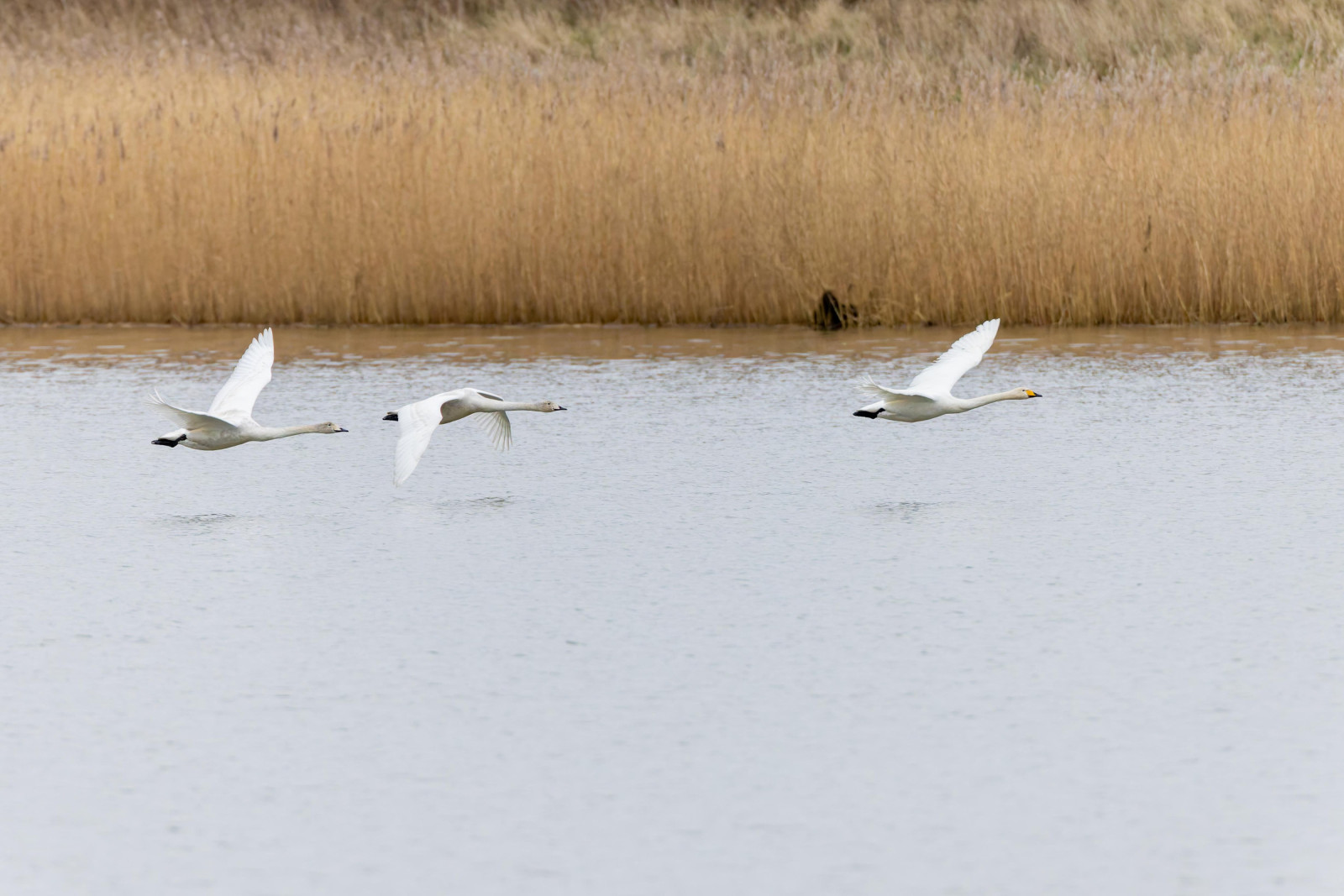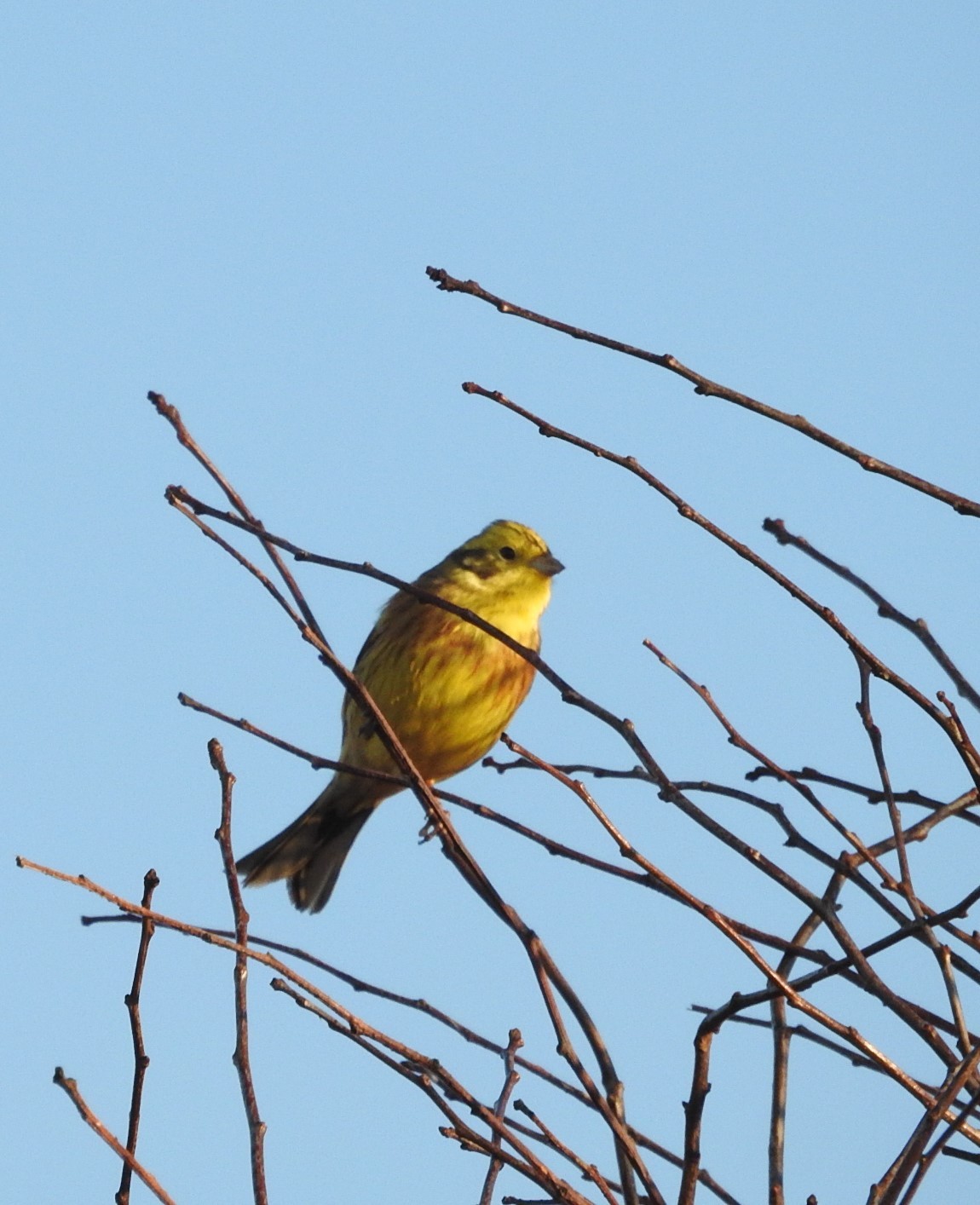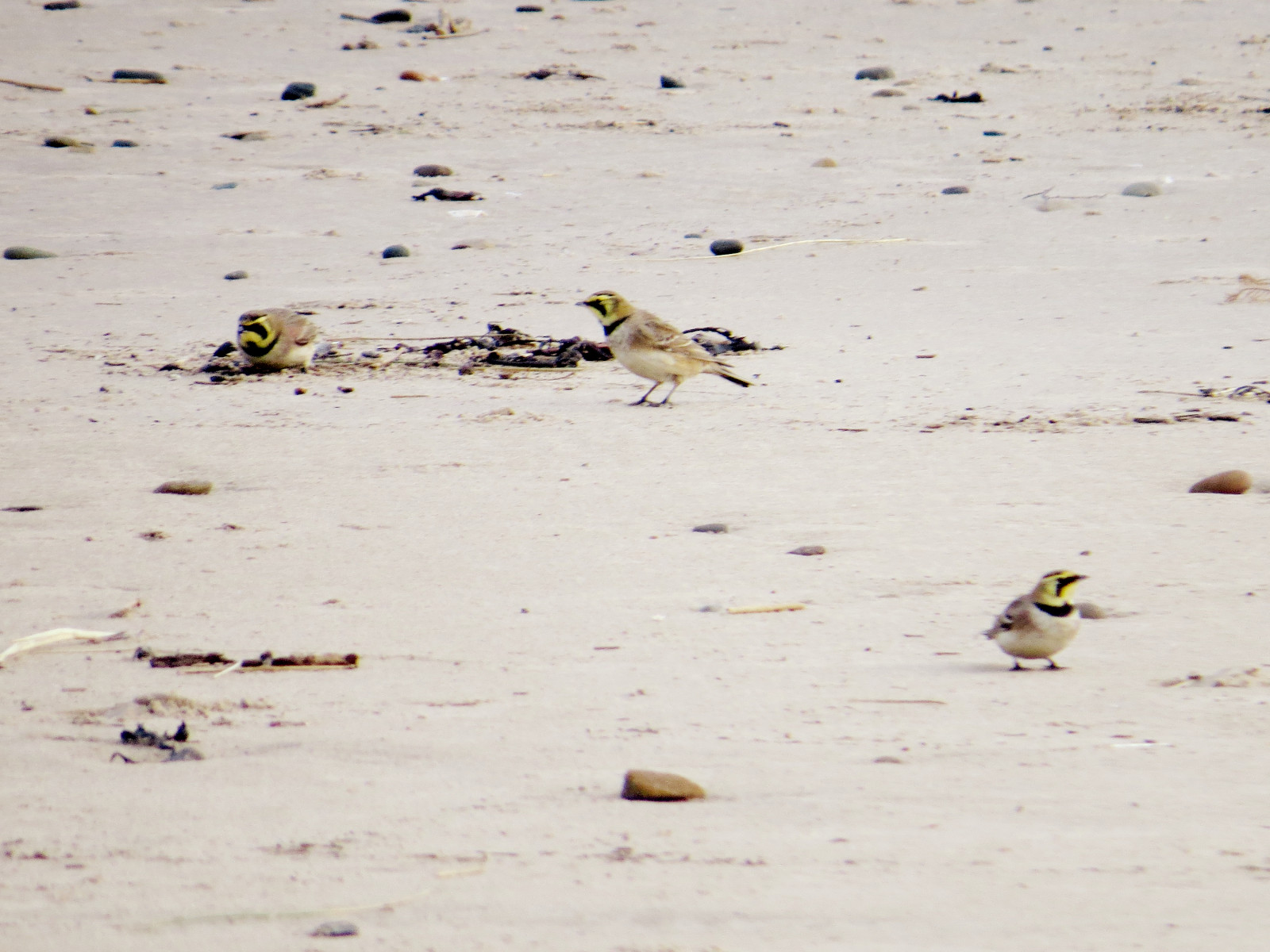Beschreibung
Rohrweihe is present throughout the year, with many seen on passage and wintering this year.
Teichrohrsänger, Seidensänger, and Feldschwirl breed, among a wide variety of summer visitors.
Sanderling and other roosting waders and gulls can be found on the beach, and in summer, terns including occasional Rosenseeschwalbe. In winter, Schneeammer and occasionally Ohrenlerche use the beach where the Chevington Burn runs out. Sea ducks such as Eiderente,Trauerente and Mittelsäger, and also Sterntaucher, can be seen on the sea, along with Trottellumme and Papageitaucher from nearby Coquet Island.
Schwanzmeise and a good variety of young woodland species including wintering Erlenzeisig, Alpenbirkenzeisig and sometimes Taigabirkenzeisig.
Schnatterente and good numbers of other wintering and breeding wildfowl; in winter it is worth checking the Krickente flocks for vagrant Green-winged Teal, which occur here surprisingly regularly.
Details
Zugang
Parking available on reserve along a poorly maintained track. Alternatively, 'pay and display' parking is available in neaby Druridge Bay Country Park. Bus X18 from Newcastle to Red Row (nearest point to reserve). The National Cycle Network Route 1 runs along the east edge of the site.
Waterproof boots or wellingtons advisable in winter and wet periods.
The route around the south end of the reserve has narrow paths and can be very muddy.
Terrain und Habitat
Grasland, Wiesen , Dünen , Schilfflächen , Strand , SeeBedingungen
Flach , Sandig , Offene LandschaftRundweg
JaIst ein Spektiv nützlich?
Möglicherweise hilfreichGute Beobachtungszeit
GanzjährigBeste Beobachtungszeit
Winter , Sommer , Frühjahrszug , Frühjahr , Herbst , HerbstzugRoute
Normaler Weg , unbefestigte Straße , Schmaler PfadSchwierigkeitsgrad der Tour
DurchschnittlichErreichbarkeit
zu Fuß , Fahrrad , AutoBeobachtungshütten oder -türme
JaZusätzliche Informationen
I update information regularly on my blog (link below); use the search facility or archived months matching your visit to get an idea of what can be seen. Also on twitter: @DavidEe13975025




